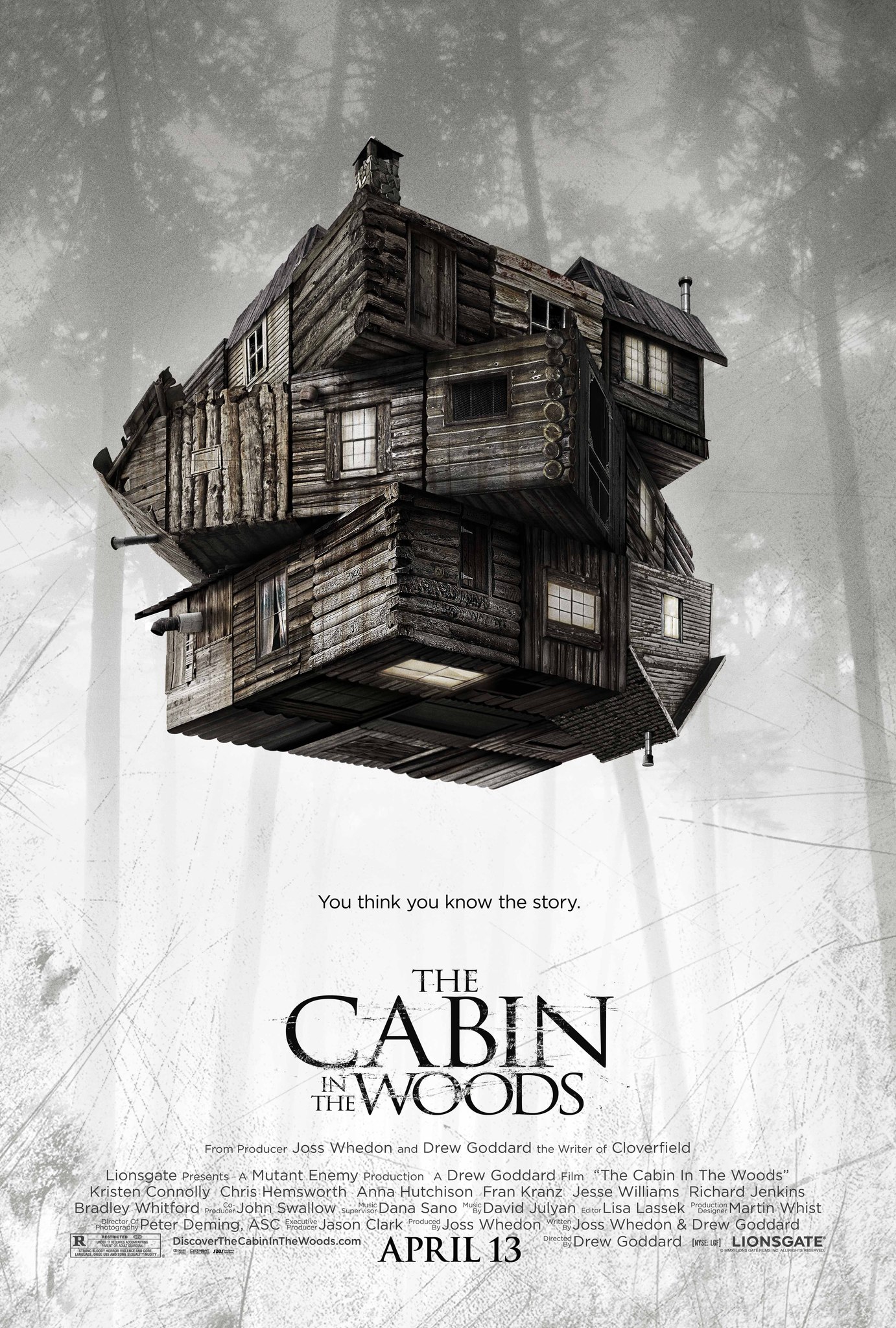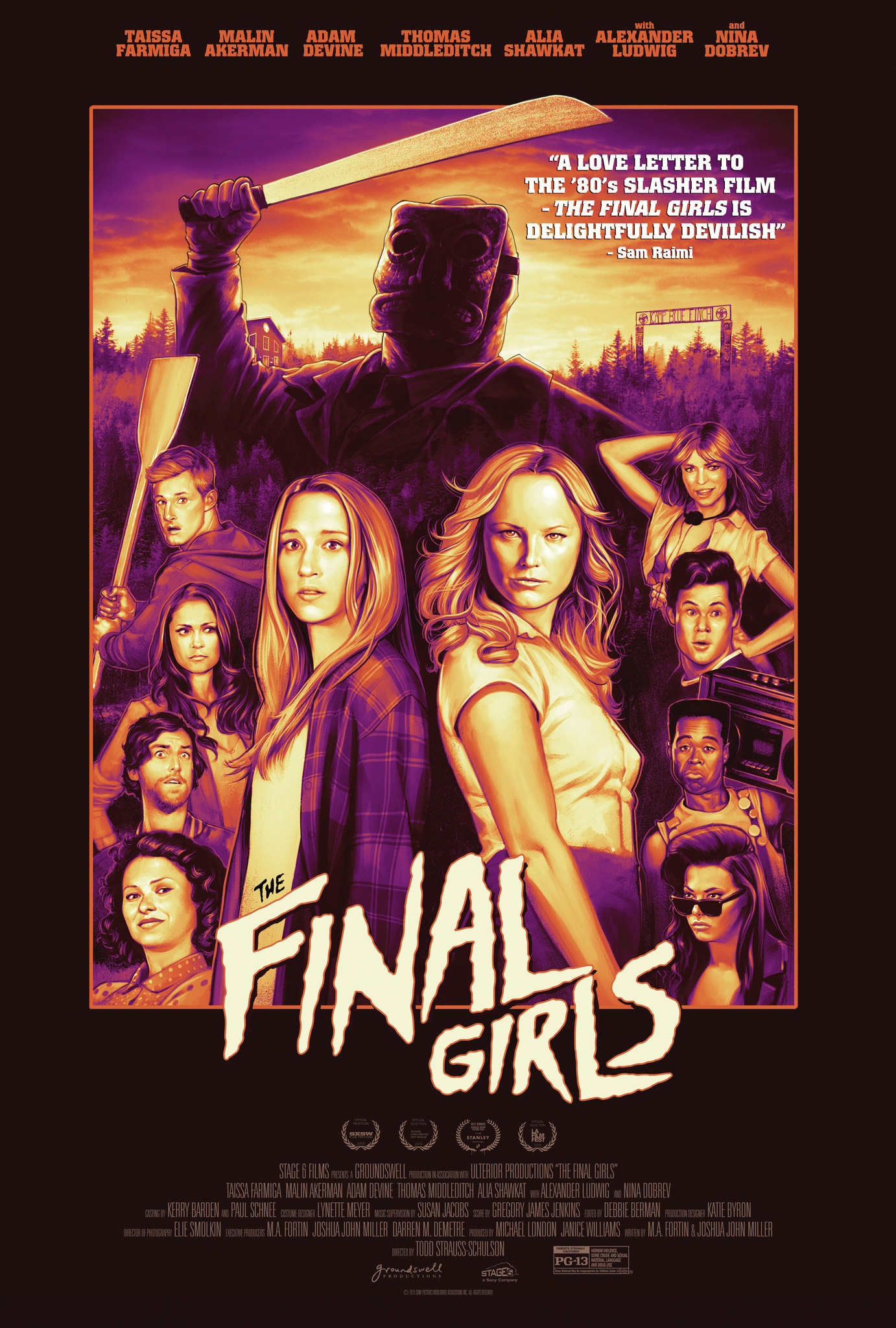“There are few films nowadays that pull us away from what we expect from slasher films while still delivering the satisfaction of being scared” (Miller, 2020).
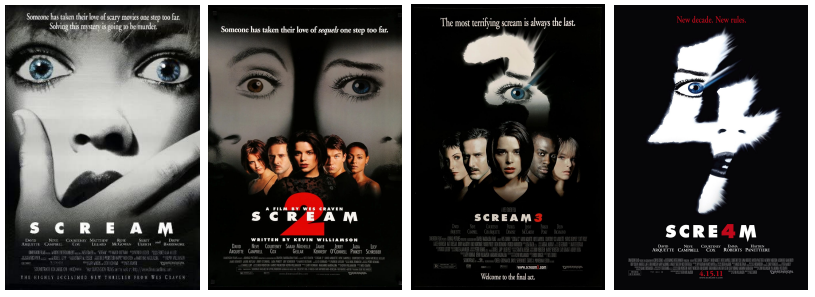
There is a formula to horror movies, both classic and contemporary, a very simple formula, and with horror movies beginning to become somewhat dull in the 1990’s Wes Craven and Kevin Williamson were able to completely revitalise the genre with their 1996 slasher, Scream. Each horror movie fits into the same general formula, where a monster hunts down their female victim, who is usually white, whose actions tend to not be what is expected from them. There is a male that ultimately saves the female victim, and in a way, Randy Meeks (Jamie Kennedy) is the one to do so in this movie, as he knows the rules of a horror movie and the best way to survive and the male saviour is usually used to represent what it good in the world. The monster ends up dead, more than likely by the hands of the final girl, and life goes back to normal for the survivors of the movie, but only for a short while if there happen to be any sequels (Hansen, 2017). Randy is the movie’s character who acts as the ‘spokesperson’ in a way, as he is the one who knows what to expect, making him the most meta character during his time in the franchise, even in death. He is very self aware and is the one to comment on the actions of their situation, which in a way, can add humor to the movie, making it satire (Hansen, 2017).
Other directors such as Sam Raimi and George Romero have made sure to stay away from producing satirical movies as they though that they would not be able to truly make it a horror movie, and they feared it would end up being more comedic than anything else, which isn’t the genre of movie they are known for creating, and Craven was able to make his Scream franchise work as he made sure that he made them obviously self aware (Miller, 2020).
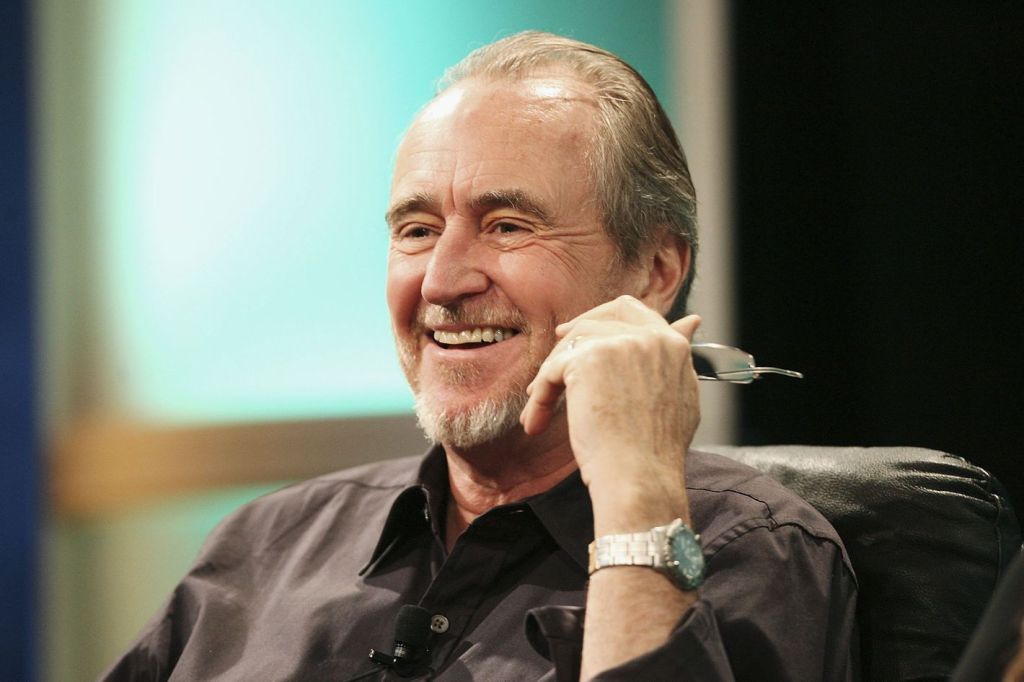
Wes Craven is a director who managed to define three different horror movie era’s and might just be the king of meta horror. He always managed to have tricks up his sleeve, and not just in the Scream franchise, but also with his work on his A Nightmare on Elm Street (1984) franchise as well as the controversial The Last House on the Left (1972). He has managed to break the well know rules of what people expect from a horror movie, and with more contemporary movies, the Scream franchise is a great example, it has become almost a rule in itself to try and break the rules, and just when an audience think they have figured out what is about to happen, they are struck with a plot twist that they could never see coming, flipping their expectations on its head (Millman, 2019).
The entire Scream franchise is a very self aware, meta slasher series of movies directed by the late Wes Craven and written mainly by Kevin Williamson. The first film in the franchise features the stars Neve Campbell, Courteney Cox, David Arquette, Skeet Ulrich, Matthew Lillard, Jamie Kennedy, Rose McGowan and Drew Barrymore and follows the life of teen Sidney Prescott (Campbell) who is living her life a year after the death of her mother. The residents of the fictional town of Woodsboro are faced with a killer who goes by the name of Ghostface who is targeting Sidney and her friends, killing them off one by one until we are left with our final girl. By being a meta movie, there are a lot of well thought out references to past works of the same genre as well as working against the stereotypical narrative of a horror movie that an audience is so used to expecting (Ames, 1997). The first installment of the franchise has been credited numerous times for revitalising the horror genre in the late 1990’s as most movies were direct to video as well as sequels to well known horrors of the 1970’s and 1980’s, and the horror genre seemed to be dying out. The movie features a strong cast of characters and we learn that some are die hard fans of horror movies, so they should be educated enough to know what they need to do to dodge death and survive your standard slasher plot. (Waugh, 2019)
Quoted in Carol J. Clover’s Men, Women, and Chainsaws: Gender in the Modern Horror Film (2007, 26), Andrew Britton claims that “it became obvious at a very early stage that every spectator knew exactly what the film was going to do at every point”. The more you watch horror movies and familiarise yourself with them, you tend to become more aware of how they work, and you soon are able to figure out which way they will end up going. Avid slasher movie watchers are able to make a guess at the order of which characters will be disposed of as there are stereotypical characters that come with the movies, and they follow the same formula. You have the jock, the slut, the stoner, the virgin and the token black guy (Hansen, 2017). Tokenism is used in film so that they can be seen as inclusive, only for the token person, whether it be a person of colour, or an LGBTQ+ character, they usually end up among the deceased, and stereotypically, a person of colour is the first to die in a horror movie.
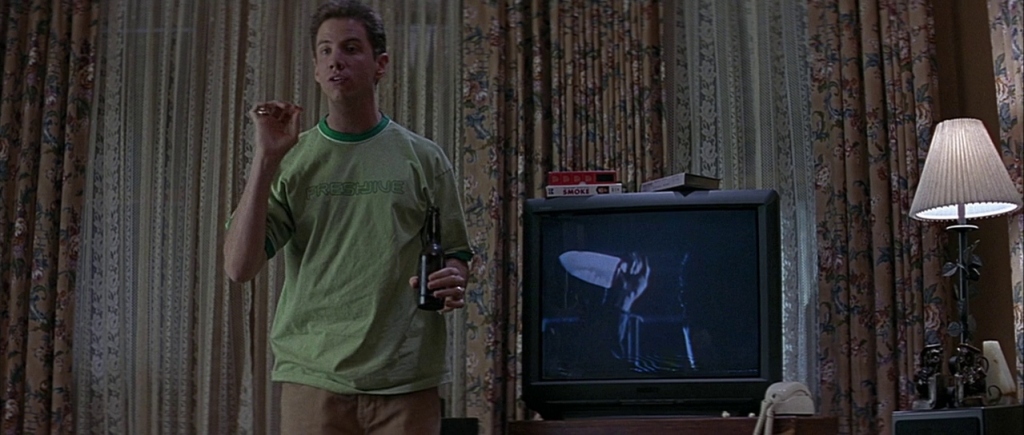
Most horror movies, but more commonly the newer, contemporary ones, know that an audience has seen a horror movie before. “It knows that you know what is about to happen; and it knows that you know it knows you know” (Brophy, 1983). Scream is a movie that knows that it’s audience has seen a horror movie before, so therefore, all of the movies in the franchise have managed to successfully subvert what the audience have come to expect from the stereotypical horror movie tropes, they have taken the tropes you expect and have completely flipped them on their head. In the iconic opening of Scream, Casey Becker (Barrymore) is asked over the phone by the killer, “what’s your favourite scary movie?” which is the first indicator that horror movies are in fact a well known thing in this universe, unlike most other horror movies, and this lets us know that the character’s should be well versed on their situation. Whenever you watch a horror movie, you don’t really expect the characters to be aware of what a horror movie is, and as you watch, you realise that the characters have never seen one, so they have no idea what to do in the situations that they have been put into. Scream, on the other hand, has a cast of characters who have clearly seen and are familiar with horror movies and their formula, Randy in particular, and this may just be the most meta element of the films in this franchise, and making Randy the film’s most meta character, (Sherlock, 2020) he even claims that “there are certain rules that one must abide by in order to successfully survive a horror movie”, walking his friends through these rules as they are sat watching Halloween (1978, dir. John Carpenter). It is obvious that these characters are familiar with the history of horror cinema. (Sherlock, 2020)
The audience has a chance to feel satisfaction with this movie and the death of the killer, as in most well known horror movies, the killer is never actually killed, Michael Meyers disappearing in Halloween, for example, or they may even come back to life without the survivors realising. This is taught to us by, once again, Randy. When Billy Loomis (Ulrich) is supposedly dead, he tells Sidney that “this is where the supposedly dead killer comes back to life for one last scare”, leading to Sidney shooting him point blank in the head, where there is no coming back from, with her replying with, “not in my movie”. This is when we realise that Sidney herself realises that she has been living a life perfect for a movie (West, 2018).
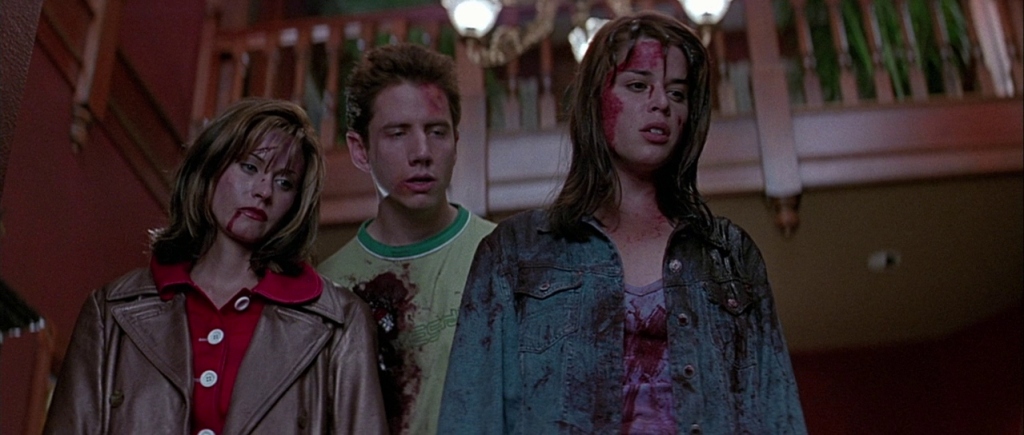
Another well known trope that this franchise successfully subverted is the one of the final girl. Typically, with the definition quite literally in the name, a final girl is the final and only girl to survive the ordeal of the movie, and in the Scream franchise, you may think that Sidney Prescott is the final girl, but technically, she isn’t because there have always been others who have survived alongside her. Having a final girl is an important element of any slasher movie, classic or contemporary, and the fact that Scream has managed to alter the trope but still include the element, proves how these movies have been able to use subversion successfully. By including a final girl in a horror movie, creators are complying to the most common horror movie trope, and pretty much every horror movie you have seen will have featured a final girl. Clover (2007) lists important characteristics that a final girl should typically adhere to, and just a few of them are; the final girl is usually virginal and avoids alcohol and drug consumption throughout the film. Each of these characteristics go hand in hand with Randy’s rules in Scream, but we see Sidney eventually giving into temptation and sleeping with Billy just before he is unmasked as one of the two killers, and this is yet another way in which the movie has managed to subvert and challenge the stereotypical trope. During Sidney’s choice to engage in their sexual activity, the audience does not actually see anyone naked, but instead, this scene cuts away to the one of the rest of the party downstairs, watching Halloween, and we discover the heterosexual male need to see bare breasts on screen. Stu Macher (Lillard) asks “I wanna see Jamie Lee’s breasts. When do we see Jamie Lee’s breasts?” to which Randy answers “…Jamie Lee was always a virgin in horror movies. She didn’t show her tits till she went legits.” This conversation further proves that male viewers will almost likely always want to see women in compromising positions when they view a horror movie as they have learnt to expect it (West, 2018), and this trope also weaves its way into the other, that sexually active characters have no chance of survival and always die before the end of the movie. Another interesting characteristic that Clover points out is that the final girl will more than likely have a unisex name, even listing the names Avery, Chris, and Sidney, one of out ‘final girls’ in Scream, as her examples.
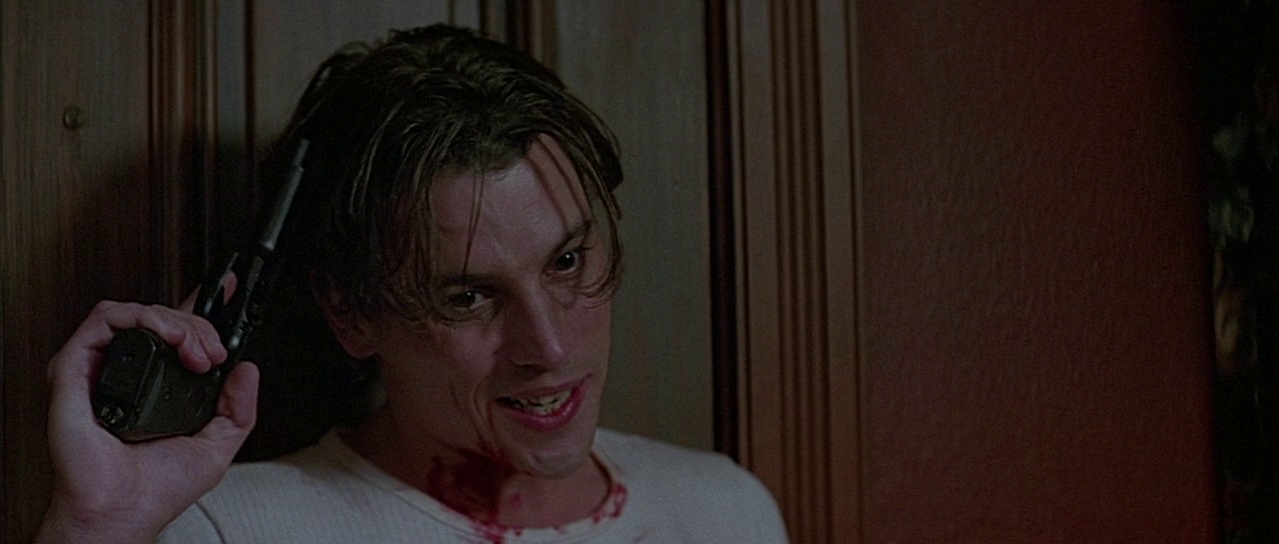
Billy Loomis (Skeet Ulrich) 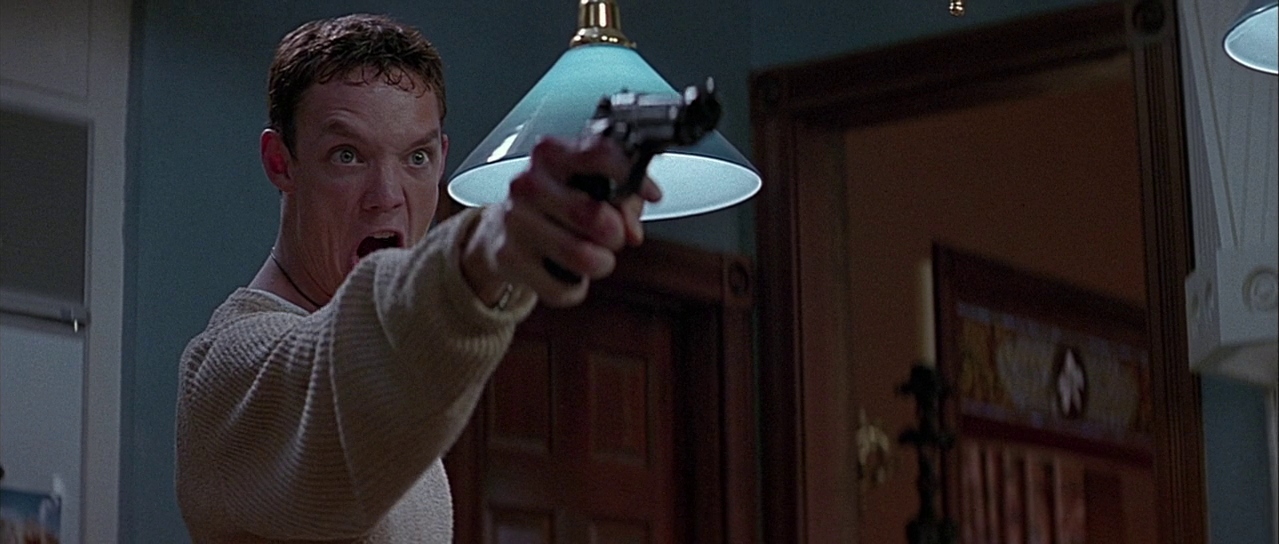
Stu Macher (Matthew Lillard)
A third trope that the Scream franchise has done well in successfully subverting is manipulating the audience to thinking that there is only one killer, (Sherlock, 2020) when there are two in three of the four movies, Scream 3 (2000) being the one excluded from having two killers. The reason why it is a good idea to have two killers in a horror movie instead of one, is so that one can give the other an alibi. By using the same costume for each killer, it makes for seamless transitions between two killers if needed, and both the characters as well as the audience would be none the wiser. It helps to have two killers and not one, as one, maybe the mastermind behind it all, would not necessarily be the one doing the actual killing, and this is where the second person comes into the equation. For example, we learn that Billy was the one behind killing Sidney’s mother and then proceeding to torture her and her friends the following year, so presumably, he was the voice at the end of the phone and Stu, the second killer, was the one actually carrying out the killings most of the time. Billy is the brains and Stu is the brawn of the whole operation.
When you get to Scream 4 (2011), you now have a solid understanding of the inner workings of a horror movie and you know what to expect, and an audience will more than likely be able to guess the order of which each character is killed off as they have had so much practice with the first three movies in the franchise, as well as other movies that were released since the third installment, such as The Cabin in the Woods (2011, dir. Drew Goddard), and The Final Girls (2015, dir. Todd Strauss-Schulson), which have gone on to adapt the trend of breaking the rules and subverting expected horror stereotypes. This installment does, however, introduce the audience to an entire new generation of characters, but what an audience did not expect was every single one of them being killed off throughout the duration of the movie as all roads eventually lead back to Sidney, and because of this, there was no offer of a sequel that kick started a new trilogy which people were hoping for (West, 2018). Andrew Britton, quoted once again in Clover’s Men, Women and Chainsaws (2007), said that “the film’s total predictability did not create boredom or disappointment… the predictability was clearly the main source of pleasure… the only occasion for disappointment would have been a modulation of the formula, not the repetition of it.” While this quote was not for the Scream franchise in particular, but for horror movies that bend the rules, it fits with it so well. By the time you watch Scream 4, the predictability of it all is what excites the audience.
Craven purposely played into the fact that his past movies have been recognised as satirical, and included a number of false openings, shocking the audience more than once by including a film franchise within a film franchise and taking it to a whole new level. The Stab franchise, the films within the film, are a set of fictional movies that first made an appearance in Scream 2 (1997) and followed the life of Sidney Prescott as she was living with being tormented by Ghostface, but then died down into your much loved ‘hate to love’ slasher movies that everyone is familiar with in real life, with Stab 6 and Stab 7 being the two included in the intentional false openings. In an attempt to both appeal to a younger audience, and keep up with the times, the victims in the opening are receiving threats through social media and phone calls on their smartphones, and not landline phones like the first movie. Craven explained that these false openings intentionally played with the time frame by including characters using a Sidekick phone, a phone that was somewhat outdated at the time of Scream 4’s 2011 release (West, 2018). He knew that people were expecting him to continue his trend of subverting what an audience was expecting so he put time and thought into it, and ultimately ended up deceiving the audience twice within the movie’s first ten minutes. Both of these false openings do well as poking fun at the firmly established horror genre, by picking up on the fact that there are endless amounts of unnecessary sequels being made, and that they all follow the same story line, which, once again, shows us that Craven and the movies are very self aware of themselves.

This installment may just be the most satirical of the series, and the false openings are a huge component of that. After we learn that we are watching people watching Stab 6, one character, Rachel (Anna Paquin) comments on the fact that the sequels are unnecessary, saying they revolve around “a bunch of articulate teens sitting around and deconstructing horror movies until Ghostface kills them one by one”, and this is pretty much the plot of Scream and Scream 2, with Randy being the one character who helps the characters figure out what they are doing and how to survive the horror movie that they are essentially living in. Rachel then goes on to say what may be the most thought out quote of the entire franchise; “It’s all been done before, the whole self aware postmodern shit”. Her friend, Chloe (Kristen Bell), who is watching the movie with her replies with the fact that “there’s something real about a man with a knife who just snaps. It could really happen”, which leads to her stabbing Rachel herself, and then cuts to the true opening of the movie, which pays homage to Tatum’s (Rose McGowan) death in the first movie, with one of our new teens, Jenny (Aimee Teegarden) being killed by the garage door, just like Tatum. Unlike most horror movie villains that are out there, Craven made sure to make Ghostface human, and therefore destructible, unlike Halloween’s Michael Meyers, as an example, who can’t seem to be killed. By making Ghostface human, they are allowed to have human weaknesses, and can therefore be killed by the bullet to the head, a rule that became important as the franchise progressed.
In conclusion to what has already been discussed, the Scream franchise is one of the most famously known moves for taking a satirical approach to the standard horror movie. There is a certain logic to horror movies that would not have the opportunity to work in the real world and before Scream came along, they were all in the habit of repeating the same basic storyline and tropes without making them exciting which led to audiences eventually becoming bored after seeing the same recycled plot so many times. This franchise has taken the not so logical horror movie logic and made it seem logical to an audience, with each and every action having its own justification, and even if the justification is not the best, it is still made known to the audience. In the franchise’s first installment, Randy points out that motives are incidental, happening as a minor result of something else, and if you have a complex motive, you will soon lose the interest of the audience. Billy’s motive was the fact that his mother left him after his father had an affair with Sidney’s mother, believable enough which led him to kill her and then torture Sidney around the time of the anniversary of her mother’s death. Stu, on the other hand, claims that his motive was peer pressure. He had no real reason to join the killings, proving that the motive is purely secondary to the plot. People can kill for any reason (Miller, 2020).



